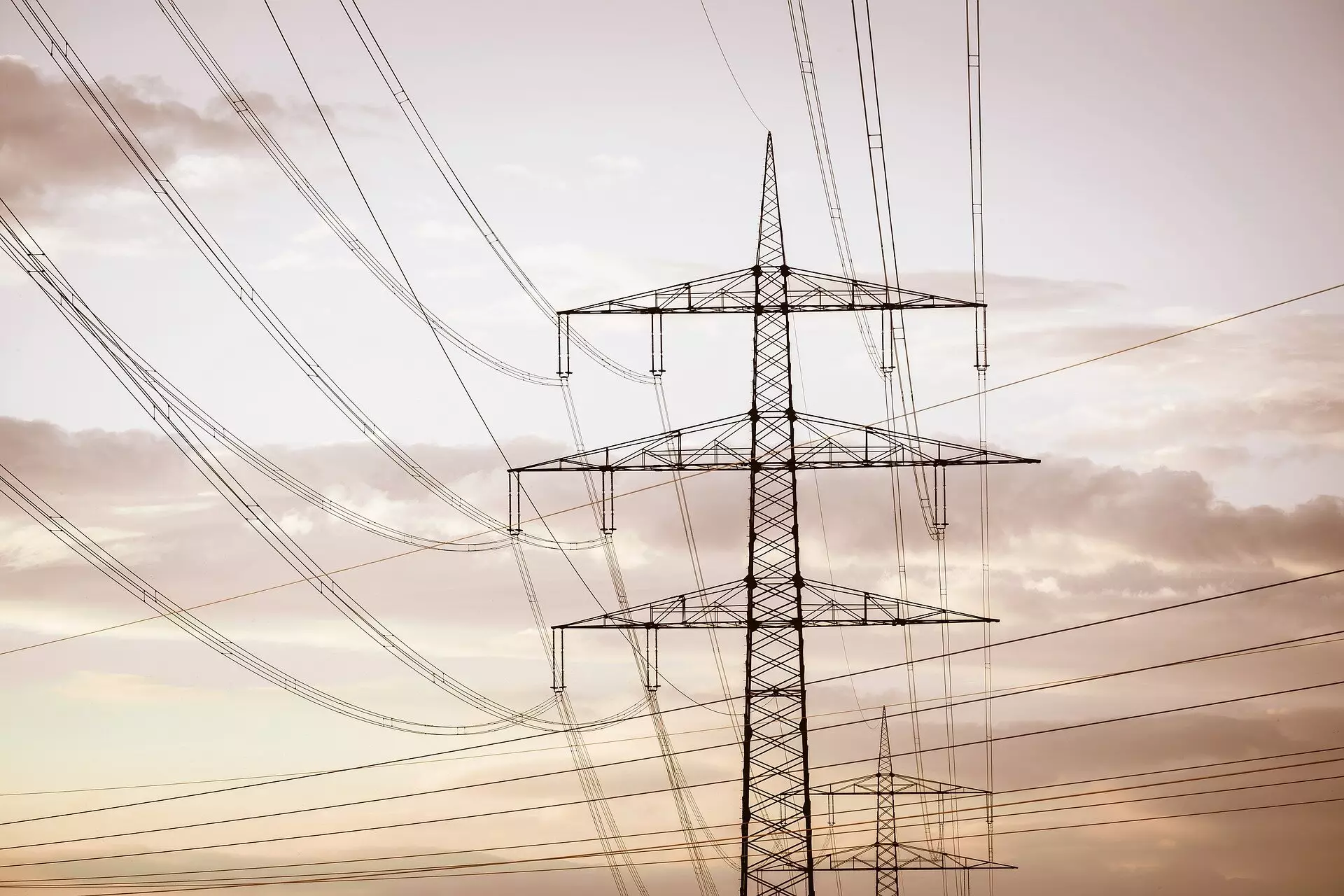The European Union has been funding research projects aimed at improving the efficiency of the electric grid by reducing energy waste, cutting costs, and curbing emissions. One such project, called SUBRACABLE, is focused on developing innovative superconductor cables that could revolutionize the way electricity is transmitted across long distances. Dr. Anders Wulff, the CEO of Danish superconductor manufacturer SUBRA, is leading this project with the goal of creating a cable made of ceramics, rather than copper, to conduct electricity.
Superconductors are materials that can conduct electricity without any electrical resistance at low temperatures. These materials, including special types of ceramics, offer several advantages over traditional copper cables used in power grids. One key advantage is the significant reduction in energy loss, as superconductors are able to carry electricity without generating heat due to their lack of resistance. This can help in reducing overall energy demand and curbing greenhouse gas emissions, thereby mitigating the impact of climate change.
The SUBRACABLE project has successfully produced small prototypes of superconductor cables made with ceramics, demonstrating a 99% reduction in copper usage and a 90% decrease in energy loss compared to conventional copper cables. Moreover, the temperature requirements for these new cables are less extreme, making them more cost-effective to cool than low-temperature superconductors. The ultimate goal is to establish a new factory for volume production of these cables by 2027.
Another EU-funded project, called SCARLET, aims to deploy superconducting cables to accelerate the transition to cleaner energy sources. By reducing the costs associated with setting up infrastructure for renewable energy, such as offshore wind farms, superconducting cables can offer significant savings. These cables eliminate the need for large conversion and transformer stations on the collector platforms, making the transportation of electricity more efficient and cost-effective.
Challenges and Opportunities
While superconducting cables have the potential to revolutionize the electric grid and enhance the uptake of renewable energy, there are challenges to widespread adoption. The power industry’s long-standing reliance on copper presents a significant barrier to the adoption of superconducting technology. However, the substantial benefits offered by superconducting cables, including reduced energy waste and lower costs, make them a promising solution for the future of electricity transmission.
The development of superconducting cables represents a significant step forward in improving the efficiency and sustainability of the electric grid. Projects like SUBRACABLE and SCARLET are paving the way for a future where energy transmission is more efficient, cost-effective, and environmentally friendly. By overcoming the challenges posed by traditional copper cables and embracing new innovations in superconductor technology, the EU is moving closer to achieving its renewable energy goals and reducing its carbon footprint for a greener future.



Leave a Reply